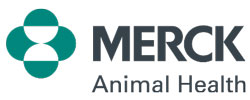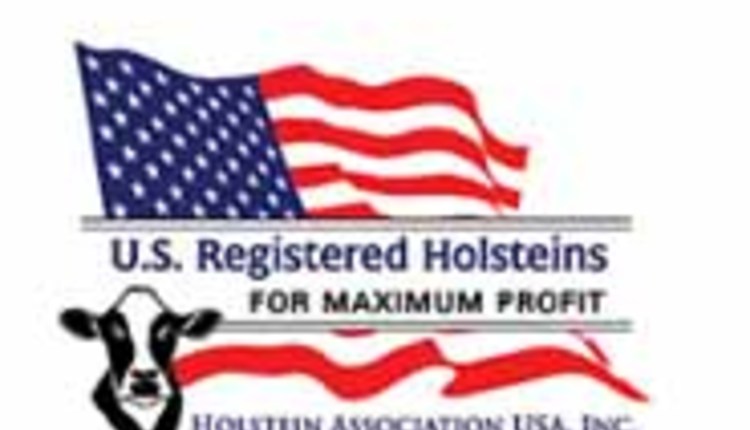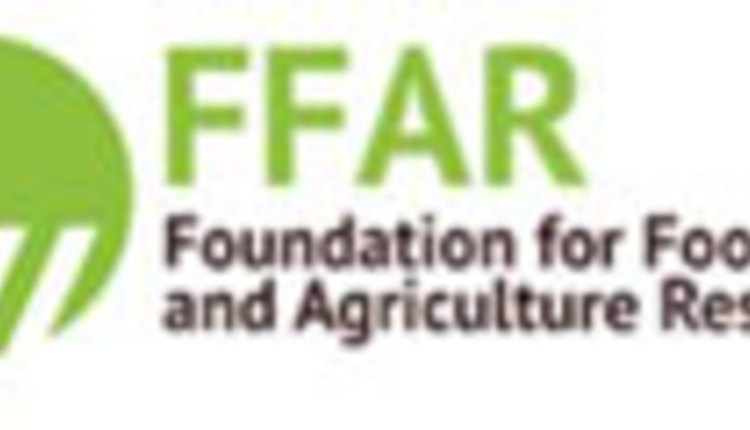Try these strategies to keep your milking herd numbers on track
Dairy producers may be facing a looming shortage of dairy replacement heifers. Reports from the United States Department of Agriculture (USDA) show dairy heifer inventories are at their lowest level since 1978. At the beginning of 2025, there were only 3.9 million dairy heifers across the country — 0.9% less than the same time last year. USDA projects that only 2.5 million heifers will calve this year, a drop of 0.4% compared to 2024.
When heifer inventories are tight, it’s more important than ever for dairy producers to breed heifers at the optimal time so they calve and become productive members of the milking herd. A deep dive into your herd records may hold insights to help improve heifer reproduction efficiency and ensure adequate replacement numbers.
How many replacements do you need?
Think of your heifer raising program as a funnel. No matter how many heifers are born — entering the top of the funnel — only a certain percentage will enter the milking herd at the bottom of the funnel due to mortality, infertility and other potential losses along the way.
High calf mortality puts more pressure on the reproductive program to produce enough pregnant heifers to restock your milking string. When projecting replacement needs, be mindful of health challenges that may influence calf mortality. An uptick in disease can provide an early warning of a potential shortage in heifers that will require more pregnancies in the months ahead — and help you take corrective management action.
For example, one dairy facility noticed spikes in pneumonia cases in hutch calves at about 40 days of age. A second spike in pneumonia occurred at about 100 days of age, after moving calves to group pens. Based on these records, the manager and veterinarian redesigned calf vaccination programs to minimize the risk of pneumonia at these vulnerable times.
Work with your veterinarian and nutritionist to fine-tune vaccination programs, colostrum management, pen hygiene, nutrition and other management practices to prevent calfhood diseases from limiting your available replacements.
Measurements of reproductive success
Assuming you have healthy heifers that are ready to breed by 13 to 15 months of age, how can you increase the chances they conceive promptly so they calve at approximately 2 years of age?
Overall, seek to maximize the percentage of heifers pregnant within 100 to 150 days after entering the breeding pen. With good management, at least 90% of heifers should become pregnant in this time frame.
Days to conception is a key measurement of reproductive success. Even an additional five to 10 days open can significantly impact a dairy’s bottom line. Although operations vary, a reasonable goal is at least 50% conception at first service if using sex sorted semen, or at least 60% if using conventional semen. Inseminating heifers as soon as possible is the best strategy to reduce days to conception. Strive for 90% or more heifers inseminated in the first 21 days after entering the breeding pen.
Improving conception with estrus synchronization
Technology continues to evolve to improve reproductive efficiency. Researchers are discovering how data from activity monitoring can improve accuracy of heat detection and improve response to estrus synchronization.
In a University of Florida study, 1,019 Holstein heifers were fitted with activity monitoring collars and received prostaglandin to induce estrus. Researchers found that knowledge of previous heat cycles from activity monitoring reports helped pinpoint the best time for prostaglandin treatments.
Heifers that were in heat 13 to 23 days before a prostaglandin injection had greater conception rates (62.8%) than heifers that were in heat four to 12 days before injection (<45%). Previous research showed that poor response is expected in heifers that were in heat only three to five days prior to a prostaglandin injection. Findings suggest that targeted administration of prostaglandin may maximize fertility in herds that use monitoring technology for heifers.
Monitoring technology also can help determine the optimal number of heat events before heifers are eligible for insemination. Conception rates may improve by waiting for the heifer to have a couple of heats before moving her to the breeding pen. Making breeding pen moves based on heifers’ cyclicity status, in addition to age or weight, also can help overcome space limitations in the pen.
Manage replacements for herd efficiency
Be aware of calf health as you plan for needed replacements in your herd. Data insights can help you uncover areas of opportunity and assist in making heifer raising and breeding decisions. Optimizing heifer reproduction with estrus synchronization and activity monitoring tools can help you develop adequate replacements to keep your herd at peak efficiency.






